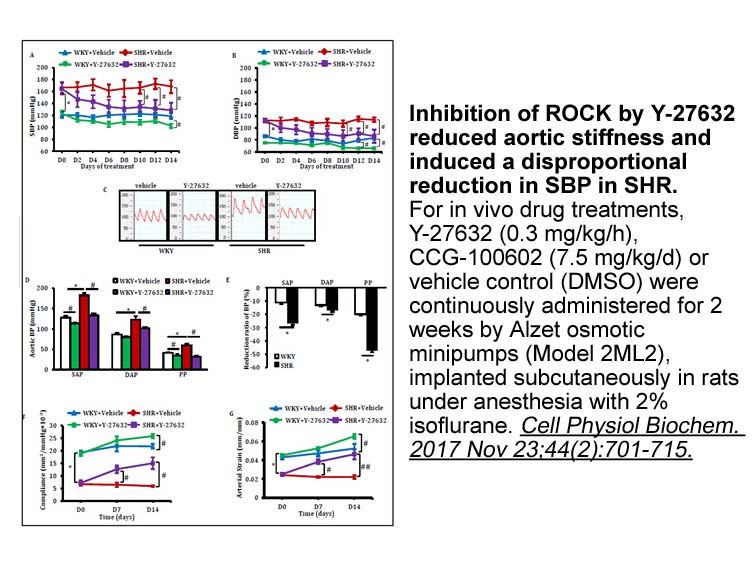Archives
br Phylogenetic analysis of vertebrate receptors for
Phylogenetic analysis of vertebrate receptors for peptides similar to glucagon
Genes for receptors for peptides similar to glucagon and other secretin-like hormones have been identified in a number of vertebrate species (Sivarajah et al., 2001, Chow et al., 2004, Irwin and Wong, 2005, Cardoso et al., 2005, Cardoso et al., 2006, Ng et al., 2010). Orthology of genes was typically defined using the following approaches: sequence similarity, phylogeny, or genomic neighborhood analysis, with comparison to the well-characterized receptor genes from mammalian species. The specific ligand-binding properties of only a few of these receptors from non-mammalian species have been characterized (Ngan et al., 1999, Mojsov, 2000, Sivarajah et al., 2001, Yeung et al., 2002, Chow et al., 2004, Musson et al., 2009, Wang et al., 2012, Park et al., 2013).
Knowledge of which species possesses which receptors should allow a better understanding of the differences in the biology of these peptides similar to glucagon, and identify when these receptors may have originated. Here, to better understand the PSI-6206 of this gene family we have expanded upon earlier studies by searching all available genome sequences of vertebrate species in release 73 of the Ensembl database (www.ensembl.org), as well as those in the PreEnsembl database (pre.ensembl.org) (searches conducted in September 2013). Databases were searched using approaches that we (Irwin and Wong, 2005, Irwin and Prentice, 2011), and others (Cardoso et al., 2005, Cardoso et al., 2006, Ng et al., 2010), have previously used, with candidate genes identified in the Ensembl database listed in Table S3 and those from the Pre Ensembl database in Table S4. The searches resulted in the identification of a large number of potential receptor genes. Due to the draft nature of many of the genome sequences in Ensembl, many of the genes could not be fully characterized, as they would either be missing part of the gene or were distributed over several genomic contigs. This incomplete nature of these genomes reduces the ability to clearly identify orthology as similarity is limited, genomic neighborhood analysis could not be used, and the partial sequence were often not clearly resolved in phylogenetic trees (results not shown). Receptor genes listed as “not found” in Tables S3 and S4 may not have been identified in a species solely due to the fragmented nature of the assembly rather than the gene truly being missing from the genome.
Sequence similarity is often used to identify related sequences, however, due to variation in rates of sequence evolution, the most similar sequences are not necessary the most closely related (Stewart, 1993), since distantly related, but more slowly evolving, sequences can show greater sequence similarity than more closely related, but more rapidly evolving, sequences. This phenomenon complicates the identification of receptor genes from different classes of vertebrates, and requires the use of methods that allow for variation in the rate of sequence evolution. Several groups have examined the relationships for the genes for receptors for peptides similar to glucagon from diverse vertebrate species, sometimes resulting in differing conclusions (Sivarajah et al., 2001, Chow et al., 2004, Irwin and Wong, 2005, Cardoso et al., 2005, Cardoso et al., 2006, Ng et al., 2010, Irwin and Prentice, 2011, Park et al., 2013). These differing conclusions can be attributed to using limited data, either in the number of sequences or incomplete sequences. The best resolution of phylogenetic trees typically is achieved using the longest amount of sequence data, therefore we used only full-length, or near full-length, sequences in the analysis presented here. Fig. S1 shows an alignment of the protein sequences for the vertebrate receptors for peptides similar  to glucagon used for our phylogenetic analysis, while Fig. S5 is the alignment of the DNA sequences in fasta format. While shorter sequences may result in trees with lower levels of support, and thus weaker phylogenetic conclusions, considerable success has been achieved when the well-conserved 7-transmembrane core portion of the GCPRs (see Fig. 1) has been used to construct phylogenies of these receptors (e.g., Sivarajah et al., 2001, Chow et al., 2004, Irwin and Wong, 2005, Cardoso et al., 2005, Cardoso et al., 2006). Indeed using the core transmembrane region has allowed identification of potential orthologs in a representative outgroup to vertebrates the non-vertebrate Ciona intestinalis (tunicate) genome (Cardoso et al., 2006, Mirabeau and Joly, 2013).
to glucagon used for our phylogenetic analysis, while Fig. S5 is the alignment of the DNA sequences in fasta format. While shorter sequences may result in trees with lower levels of support, and thus weaker phylogenetic conclusions, considerable success has been achieved when the well-conserved 7-transmembrane core portion of the GCPRs (see Fig. 1) has been used to construct phylogenies of these receptors (e.g., Sivarajah et al., 2001, Chow et al., 2004, Irwin and Wong, 2005, Cardoso et al., 2005, Cardoso et al., 2006). Indeed using the core transmembrane region has allowed identification of potential orthologs in a representative outgroup to vertebrates the non-vertebrate Ciona intestinalis (tunicate) genome (Cardoso et al., 2006, Mirabeau and Joly, 2013).